Perhaps you have experienced a moment where your body becomes one with music and the sensation of music melting time. Although it feels like an immeasurable sensation, in fact, this phenomenon is scientifically proven to exist.
Sakura Tsuruta, an electronic music producer and DJ explains, “People perceive the five senses through different parts of the brain, such as the occipital lobe for vision and the limbic system for smell. However, when we listen to music, multiple areas of the brain are activated, including the parietal lobe, frontal lobe, temporal lobe, cerebellum, and more.”
Tsuruta graduated from the Berklee College of Music in Boston, U.S., at the top of her class in both Music Therapy and Electronic Production & Design. After returning to Japan, she has been working as an songwriter, DJ, and artist whose live performances transcends cultures and industries.

Her work has garnered attention for the wide range of expressions, weaving together textures of natural sounds and ethnic instruments to create delicate, dark music, and performing pop songs with a pad-based PUSH performance.
Her work, which explores the intangible power of music through science, is a reflection of her experiences and knowledge as a music therapist and has led to her work of creating music that resonates with the heart.
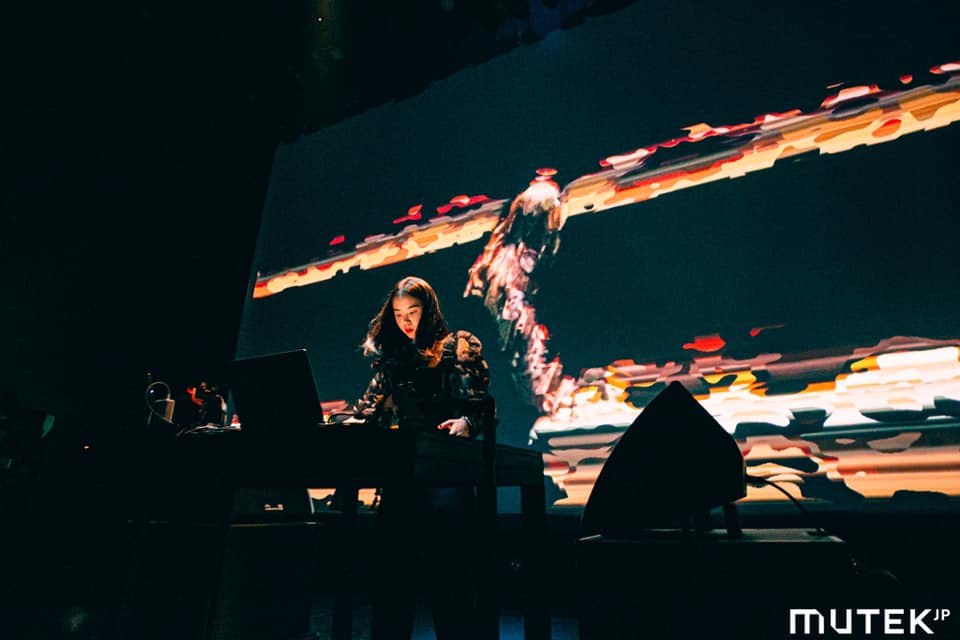
Grandfather’s dementia, and pursuing music therapy
Tsuruta learned to play the piano as a child, and by the time she was in high school, she was already interested in electronic music. Knowing that she wanted to pursue a career in music, she chose to attend the Berklee College of Music because it offered a wide range of options.
When looking into the various available majors, she found the music therapy program, a rehabilitation method that utilizes the unique characteristics of music.
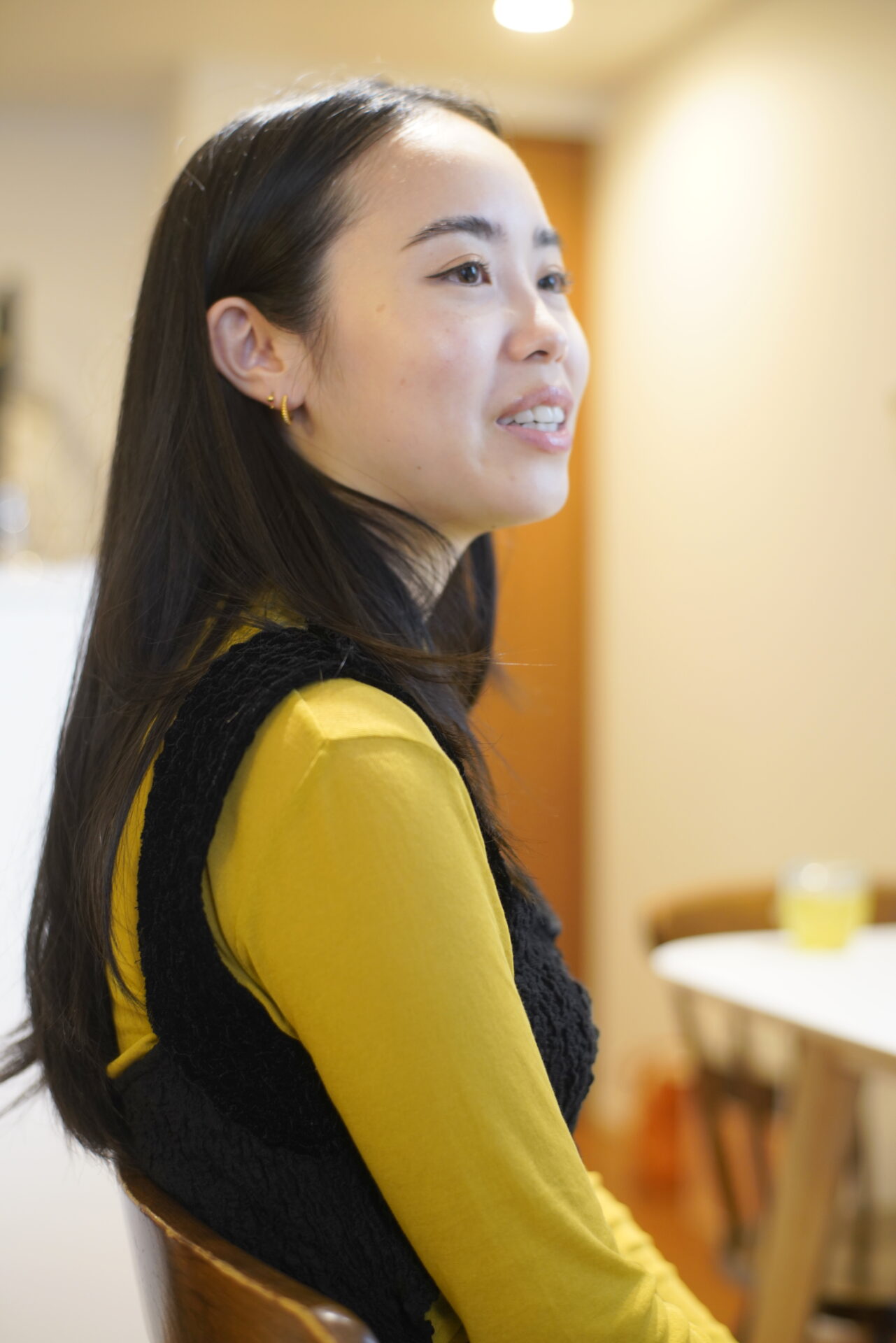
“It was around the same time that my grandfather developed dementia and I was struggling to communicate with him. Even with his dementia, when my grandfather was listening to music, he was like his old self. Seeing that made me interested in the power of music and music therapy.”
Music therapists are still uncommon in Japan, but in the United States music therapy is a treatment that is covered by insurance. “It is common for music therapists to accompany patients undergoing treatment of cancer as palliative care. There are cases where music therapy has helped shorten the amount of time a patient is hospitalized.”
Witnessing music connect present and past memories
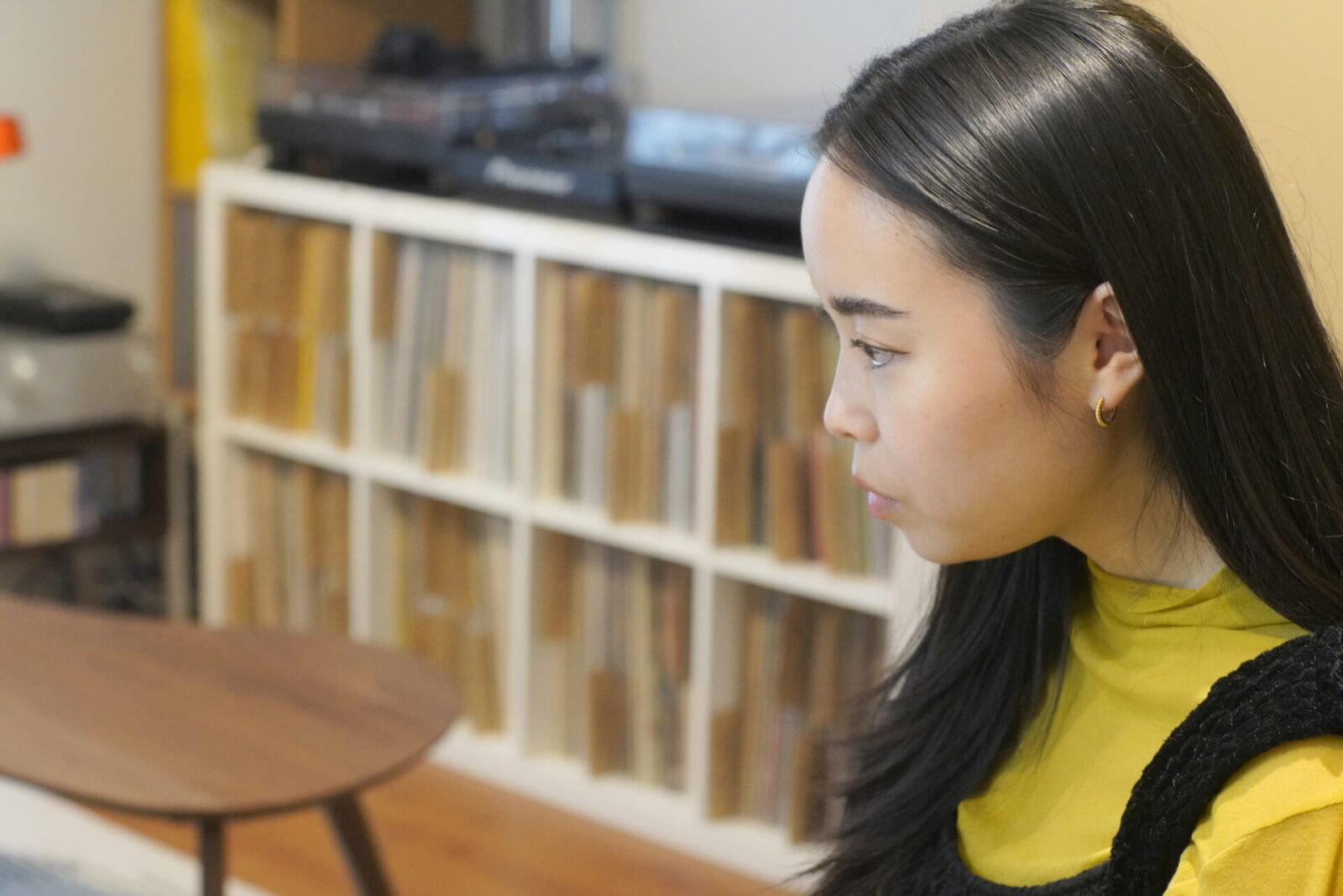
Tsuruta spent seven years at the Berklee College of Music and graduated twice with two majors. She told us about an interesting course she took in the music therapy program.
“The interesting thing about Berklee is that you get hands-on training and you take part in clinical studies from your very first semester.”
For the first semester, she attended a daycare. In her second semester, she worked with babies and young children. During her third semester, she worked with elderly people, and in her fourth semester she spent time in psychiatry. In her fifth semester, she did clinical studies at a site of her choice. Each semester, she worked with a different audience using different clinical practices.
“We would go to each facility and it was important that we participated in the clinical activities. We were not only there to perform music, but we would have everyone participate in activities such as playing different instruments or singing along.”
“I have seen many cases where people who suffer from speech impairments suddenly are able to sing out all the lyrics when a song starts. The music connects their mind to past memories. When they recall these memories their face brightens up. I could see the power that music has to stimulate parts of the body and mind.”
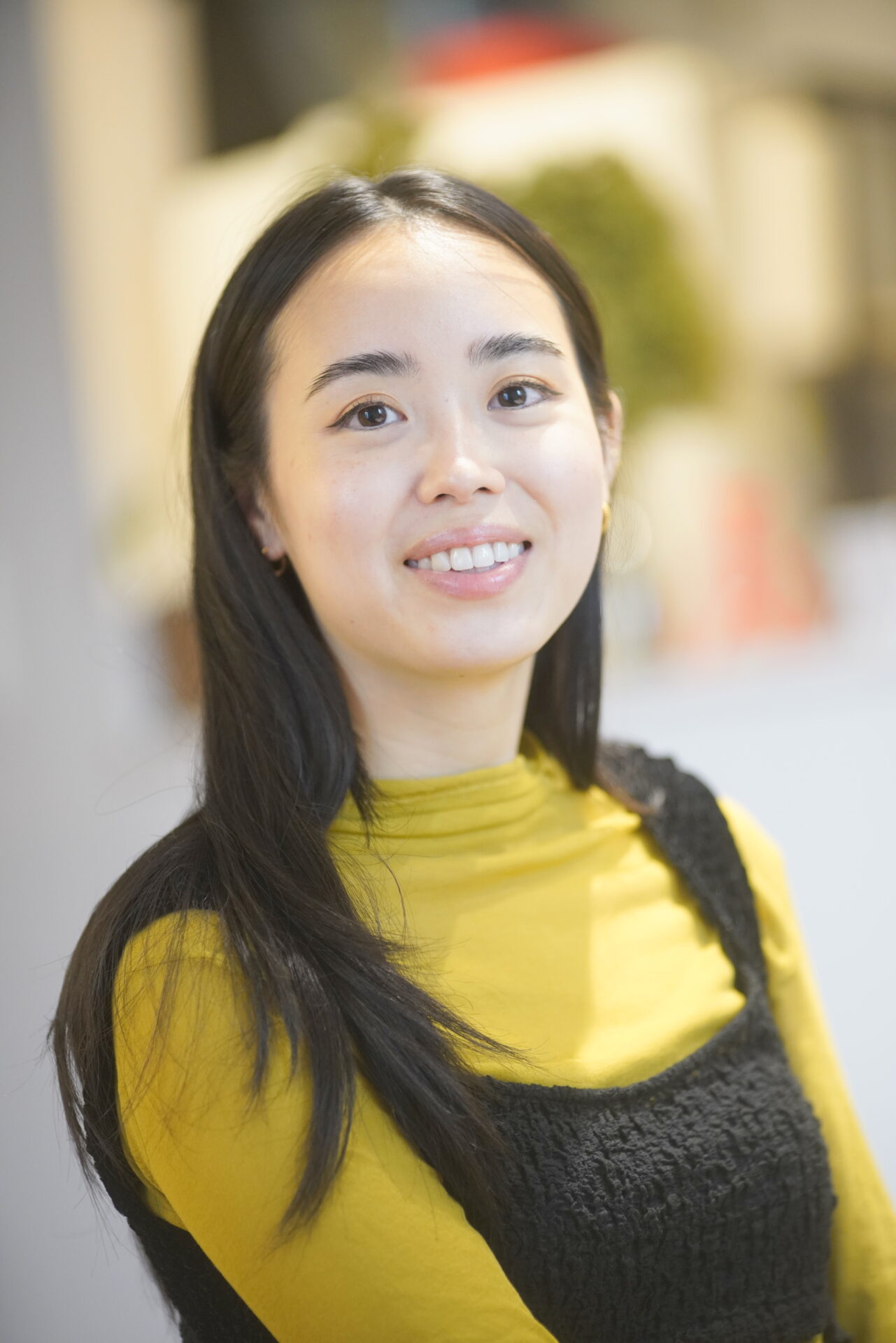
Possibilities embedded in the intersection of music and technology
After graduating from the music therapy program, Tsuruta interned at hospitals and rehabilitation facilities. Her experiences at these internships made her see the potential of combining music and technology which led her to pursue her current path.
“There was a patient who had been in a motorcycle accident and had to have the right side of his brain removed by surgery. After the right brain is removed, the functions of the right brain are taken over by the left side and I watched his progress for three months. One day, he responded to me in a very significant way.”
Tsuruta had taken her laptop and control pad that she uses to create music with her that day.

“I pulled out my laptop and showed him how pushing these buttons will create sound. The patient started pushing the buttons to make the sounds himself. Although the patient had hardly been able to make vocal noises before, when he heard the noise from the laptop, his eyes lit up, and he opened his mouth and tried very hard to speak. The speech therapist who happened to be in the room was amazed and said she had never seen such a reaction.”
“It was a moment where the power of technology and music worked together as one. For the patient, the simple task of pushing the buttons on the pad is very difficult, but he tried over and over and I was very moved by his effort.”
Tsuruta thought about other ways technology could be used to help this patient and experimented with different switches and keyboards.

“Until then, music therapy used mostly live instruments for the activities and it was somewhat of a taboo to use a laptop. However, as I experimented with it, it showed clear results. I realized then what wonderful possibilities music combined with technology has.”
Tsuruta had earned her degree in music therapy but wanted to “dig” further into the world of music technology so she stayed at the Berklee College of Music and entered the Electronic Production & Design program.

“In instruments like piano, music is made up of notes like do, re, mi. However, when you use technology and machines, you no longer use these notes. Not only can you get in touch with sounds on a cellular level, such as sine waves and square waves, but you can also make biofeedback music which turns brain waves into digital sounds. We can morph sounds and sound frequencies to create completely new sounds.”
As she started to explore technologies, her range of expression expanded greatly. Tsuruta smiles as she says, “Rather than making music, I think I became more interested in exploring sounds.”

Evaluating personal wellness through everyday sounds
Tsuruta’s interest in sounds is never-ending. She says she often finds inspiration from events and the environment in her everyday life.
“For example, when walking around Shibuya you can hear the sounds of various construction sites. As the construction work progresses daily, the sounds change and I try to decipher the sound differences. When I am not feeling well, these sounds can be unappealing and stressful, but when I am feeling good, my senses are heightened and I hear the sound in a different way.”

“I want to maintain a body and state of mind where I can pick up various stimuli and external elements. There are times when I notice something about myself with the way I hear a sound. It helps me measure or be more aware of my condition and status for when I create my music. I hope to keep making music that expresses what I feel everyday.”

cause mood and health conditions affect the way we feel sounds, Tsuruta says she makes an effort to eat a healthy diet and exercise to stay healthy.
We asked Tsuruta what moments she considers “moments that melt her heart.”
“I think the moment I feel most melts my heart is the time I spend in deep concentration while listening and making music. I get so caught up in it I sometimes forget to eat. I myself believe that music moves the heart and it is my desire to make music that has that effect.”
In 2021, Tsuruta collaborated with THE NORTH FACE on a promotional video for their record bag product. In this project, she used natural sounds that they recorded in nature and used them to express the richness and power of nature.
The role of sound in a space
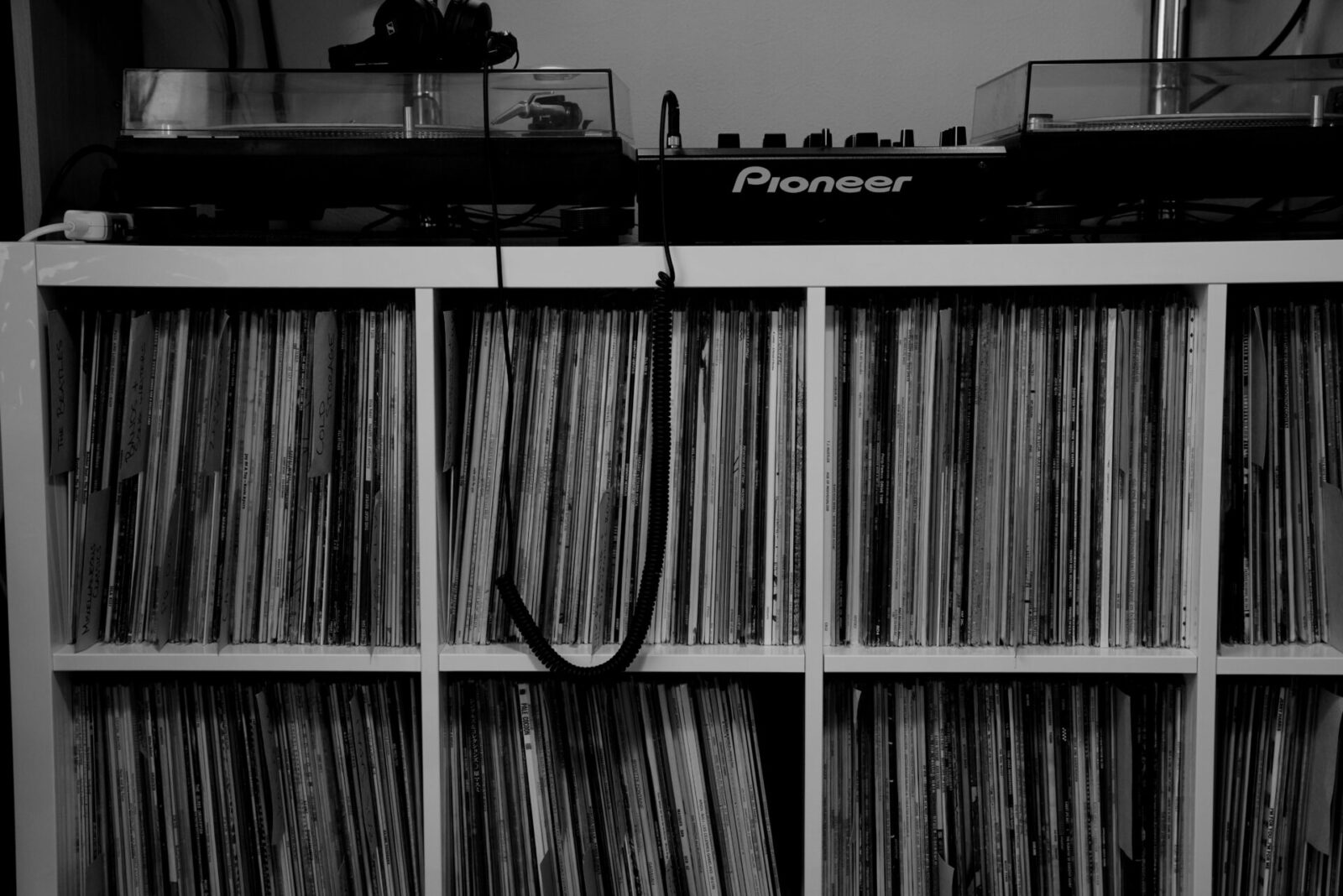
As a music therapist, Tsuruta worked on creating and exploring music in order to bring back rich experiences and time to those suffering with dementia and brain dysfunctions. The experiences she gained from doing something, not for oneself but for others, is still the source of energy for her creative work.
The beginning of this desire was her grandfather’s dementia and her desire to help him through music in some way. Although Tsuruta is an artist, she states “I want to find ways for music to contribute to the needs of our society.”

She also says that she wants to “update the environment in which we experience music in Japan.”
“In Japan, I feel that music and multimedia as experiential art have not yet been explored in depth. I am also interested in doing more collaborative work that transcends genres. For example, I think it would be interesting to create a space that combines intangible things, like scents and sounds. I want to ‘dig’ even further and create spaces for various unique experiences.”
With her experiences as a music therapist and her methods of expression through music and technology, Tsuruta is able to bring out her best to create spaces that bring together sounds and technology that melts your heart.
Photo:Nobuhiko Ohtsuki
After taking a food sensory test during university and discovering a keen sensitivity to “umami”, she traveled for food in and out of Japan for 25 years. While working at a publishing company, she was in charge of the gourmet food section of a fashion magazine. Later, she worked for an informational magazine before becoming independent in 2013. Now she writes articles and has a series on food for online and printed mazagines.
Editor. Born and raised in Kagoshima, the birthplace of Japanese tea. Worked for Impress, Inc. and Huffington Post Japan and has been involved in the launch and management of media after becoming independent. Does editing, writing, and content planning/production.
